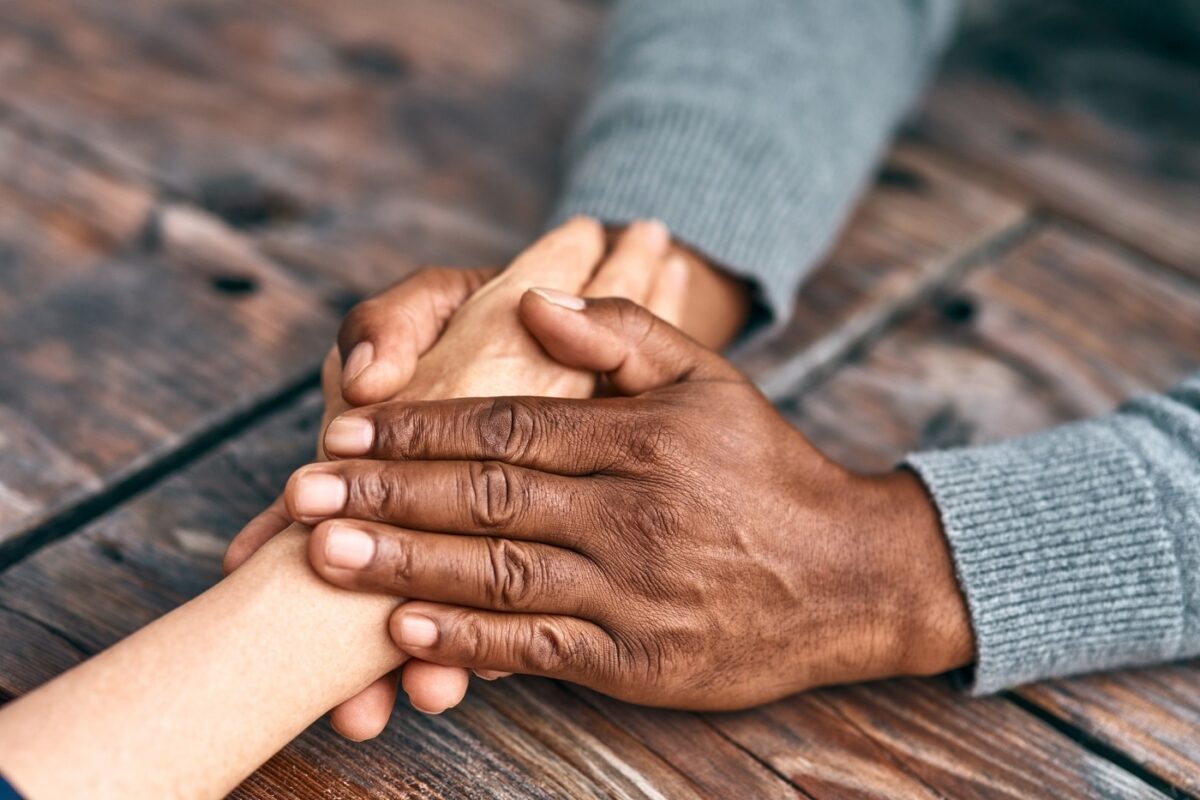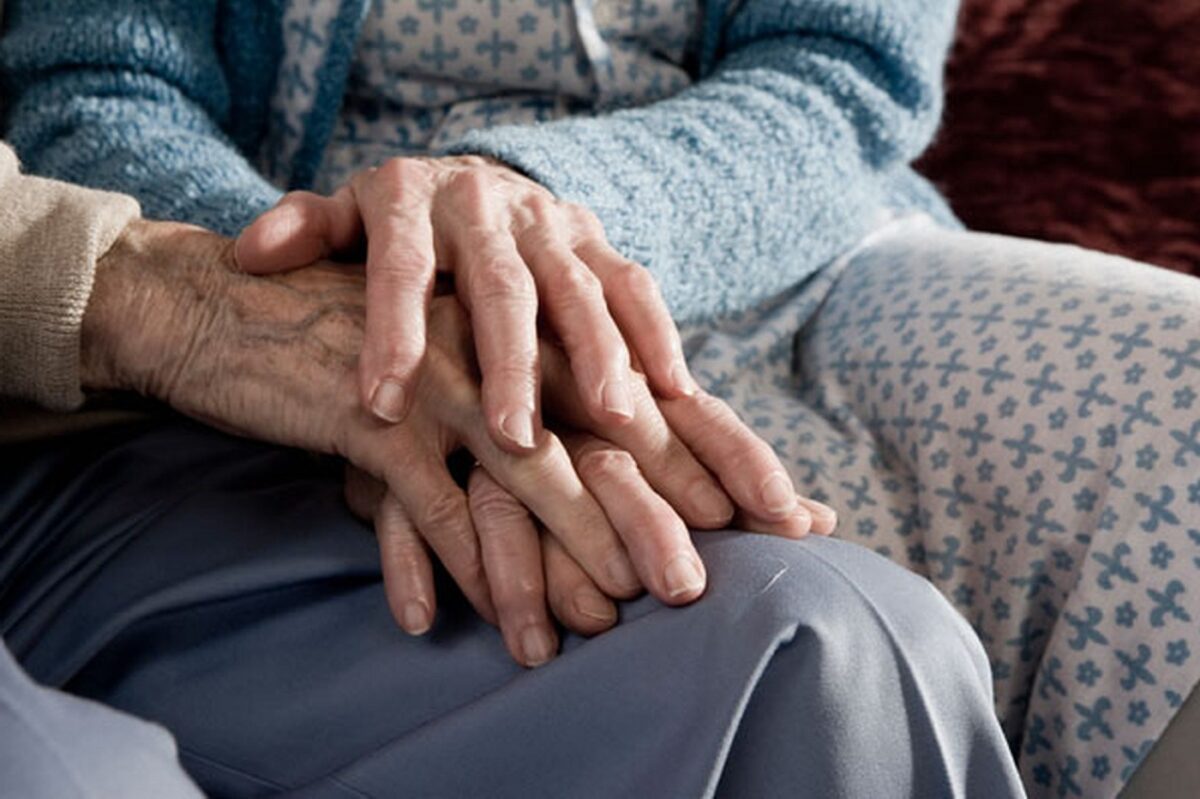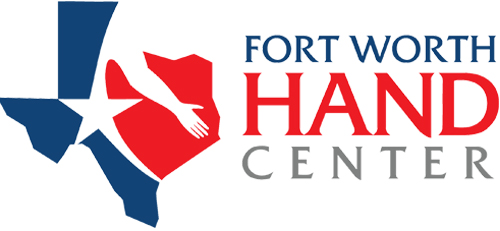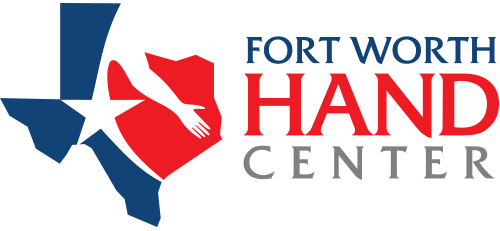Orthopedic Glossary of Terms
Patient Orthopedic Glossary of Terms
Relating to Upper Extremity Diseases, Common Conditions and/or Hand Injury
- Arthritis: Base of the Thumb
- Arthritis of the Hand
- Arthritis: MP Joint
- Baseball Finger
- Basilar Joint Arthritis (Thumb)
- Arthritis: Osteoarthritis
- Arthritis: Rheumatoid Arthritis
- Brachial Plexus
- Broken Arm
- Buckle Fractures
- Bursitis of the Elbow
- Carpal Avascular Necrosis
- Carpal Instability
- Burns
- Carpal Tunnel Syndrome
- Contusions
- Crush Injury
- Cysts and Tumours
- Deformities
- Congenital Hand Differences
- Cubital Tunnel Syndrome
- de Quervain's Tendonitis
- Distal Radial Ulnar Joint Injury (DRUJ)
- Dupuytren’s Contracture
- Dupuytren's Disease
- Elbow Arthroscopy
- Elbow Fractures
- Elbow Injury
- Extensor and Flexor Tendon Injuries
- Finger Contracture
- Finger Fractures
- Elbow Instability
- Extensor Tendon Injuries
- Fingertip Injuries
- Flexor Tendon Injuries
- Forearm Strain
- Fractures
- Fractures in distal radius, ulnar styloid, carpal, hook of hamate, scaphoid, metacarpals, phalanges, and more
- Guyon’s Canal Syndrome (Ulnar Nerve Entrapment)
- Hand Fractures
- Hand Pain
- Hook of Hamate Pain
- Impingement Syndrome
- Kienbock’s Disease
- Tennis Elbow
- Ligament Sprains/Strains/Tears
- Locking Fingers
- Medial Collateral Ligament Sprains/Strains/Tears
- Medial Collateral Ligament Strains
- Medial Collateral Ligament Tears
- Medial Epicondylitis (Golfer’s Elbow)
- Mucous Cyst
- Nailbed Injuries
- Numbness and Tingling
- Osteoarthritis
- Radial Nerve Dysfunction
- Radial Nerve Palsy
- Radial Tunnel Syndrome
- Rheumatoid Arthritis
- Skier’s Thumb
- Synovitis
- Tendinitis
- Tendon Injuries
- Tenosynovitis
- Traumatic Injuries
- Triangular Fibrocartilage Complex Tear (TFCC)
- Triceps Tendon Inflammation/Rupture
- Trigger Finger
- Ulnar Collateral Ligament Injuries
- Ulnar Collateral Ligament Sprains/Strains/Tears
- Ulnar Nerve/Median Nerve Palsy
- Weakness
- Wrist Fractures
- Wrist Sprain/Wrist Strain
Arthritis: Base of the Thumb
The most common symptom of thumb basal joint arthritis is a deep, aching pain at the base of the thumb. The pain is often worsened with activities that involve pinch, including opening jars, turning door knobs or keys, and writing.
Arthritis of the Hand
Swelling and tenderness in the hand joints leads to stiffness and pain. Repetitive use of the hand can worsen the condition, as can age.
Arthritis: MP Joint
The large joints in the hand at the base of each finger are known as the metacarpophalangeal (MP, or MCP) joints. They act as complex hinge joints and are important for both power grip and pinch activities.
Baseball Finger
Injury to a thin tendon in the hand results in the inability to straighten a finger or thumb’s end joint.
Basilar Joint Arthritis (Thumb)
Cartilage in the joint at the thumb’s base wears away. More damage can occur when the joint bones, unprotected by cartilage, rub against each other.
Arthritis: Osteoarthritis
Osteoarthritis is a degenerative joint disease in which the cushioning cartilage that covers the bone surfaces at the joints begins to wear out.
Arthritis: Rheumatoid Arthritis
Rheumatoid arthritis affects the cells that line and normally lubricate the joints (synovial tissue). This is a systemic condition (can affect the whole body), which means that it may affect multiple joints, usually on both sides of the body.
Brachial Plexus
The brachial plexus is a network of nerves that originate near the neck and shoulder. These nerves begin at the spinal cord in the neck and control the hand, wrist, elbow, and shoulder.
Broken Arm
Most broken arms are caused by trauma to that extremity. This can be a low-energy mechanism like a fall or a high-energy injury like a motor vehicle crash. Sporting injuries are also common causes for a broken arm.
Buckle Fractures
A compression fracture in which one side of the bone buckles, or bends, but is not broken all the way through.
Bursitis of the Elbow
Bursa, or thin fluid sac, provide cushioning between soft tissue and bone. Bursitis occurs when inflammation or irritation causes more fluid to accumulate, in this case, at the elbow bursa.
Carpal Avascular Necrosis
Weakness, pain, and limited motion in the wrist that can lead to arthritis.
Carpal Instability
Injury and other issues can cause the carpal bone and/or the radioulnar joint bone to fall out of alignment, restricting motion and disturbing proper balance. Permanent disabilities can result if left untreated.
Burns
When the skin comes in contact with something hot, it may be damaged, with death of cells in the skin. The depth of the injury depends on the intensity of the heat and the length of time that it is applied.
Carpal Tunnel Syndrome
Carpal tunnel syndrome (CTS) is a condition brought on by increased pressure on the median nerve at the wrist. In effect, it is a pinched nerve at the wrist.
Contusions
An injured blood vessel or capillary leaks blood to the surrounding areas causing a bruise.
Crush Injury
The injury that occurs to the body due to compression of a crush.
Cysts and Tumours
Cysts are a mass that have a sac-like structure filled with fluid, air, or other substance. Tumours are masses comprised of unusual, extra tissue. Either can occur on soft tissue, skin, bones, and organs.
Deformities
Hand deformities may be congenital or caused by injury or disease. They can range from minor (such as uneven fingers) to severe (such as missing bones and extra fingers).
Congenital Hand Differences
Congenital abnormalities (also called congenital anomalies) of the upper extremity are differences from normal that are present at birth.
Cubital Tunnel Syndrome
Cubital tunnel syndrome is a condition brought on by increased pressure on the ulnar nerve at the elbow. Sometimes incorrectly referred to as cubicle tunnel syndrome.
de Quervain’s Tendonitis
The cause of de Quervain’s tendonitis is an irritation of the tendons at the base of the thumb, usually caused by taking up a new, repetitive activity.
Distal Radial Ulnar Joint Injury (DRUJ)
Responsible for the transmission of load and pronosupination across the wrist, injury to this joint leads to instability, ulnar sided wrist pain or restricted rotation.
Dupuytren’s Contracture
Type of hand deformity affecting palm tissue layers that are present under the skin. Through the years knots of tissues get developed and form thick cord pulling finger/fingers—which leads to bending of the finger/fingers towards the palm.
Dupuytren’s Disease
Dupuytren’s disease is an abnormal thickening of the fascia (the tissue just beneath the skin of the palm). It often starts with firm lumps in the palm.
Elbow Arthroscopy
There are a variety of conditions for which elbow arthroscopy can be useful in diagnosis as well as treatment, including arthritis, loose bodies in the joint, tennis elbow, stiffness and fractures.
Elbow Fractures
Elbow fractures may result from falling onto an outstretched arm, a direct impact to the elbow, or a twisting injury. Sprains, strains, or dislocations may occur at the same time as a fracture.
Elbow Injury
An elbow injury can show as any deformity, swelling or discoloration at your elbow region.
Extensor and Flexor Tendon Injuries
Extensor tendons, located on the back of the hand and fingers, allow you to straighten your fingers and thumb. Extensor tendons are more prone to cuts as they are close to the skin. On the other hand, deep cuts injure the flexor tendon that helps in bending your fingers.
Finger Contracture
Same as “Dupuytren’s contracture” in this orthopedic glossary. It causes the fingers to bend and leads to deformity.
Finger Fractures
Finger fracture can throw the whole hand out of alignment. If not treated properly the fractured finger might remain painful and become stiff.
Elbow Instability
Loss of ligamentous or bony stabilisers in the elbow—by overuse and trauma—leads to elbow instability.
Extensor Tendon Injuries
Extensor tendons, located on the back of the hand and fingers, allow you to straighten your fingers and thumb.
Fingertip Injuries
Fingertip injuries are one of the more common injuries in the hand. The fingertips are exposed in many of our activities.
Flexor Tendon Injuries
The muscles that bend or flex the fingers are called flexor muscles. These flexor muscles move the fingers through cord-like extensions called tendons, which connect the muscles to bone.
Forearm Strain
Forearm muscles help in extending and flexing fingers and wrist. Complete or partial muscle tear causes forearm strain.
Fractures
A hand fracture occurs when any bone-continuity in the hand is breached (broken).
Fractures in distal radius, ulnar styloid, carpal, hook of hamate, scaphoid, metacarpals, phalanges, and more
These are bones in the hand that if broken a fracture occurs.
Guyon’s Canal Syndrome (Ulnar Nerve Entrapment)
The ulnar nerve gets trapped while passing through a “tunnel” in the wrist called Guyan’s canal. The ring finger and pinky are affected first.
Hand Fractures
See “Fractures” in this orthopedic glossary.
Hand Pain
A sting, prick, tingle, ache or burn feeling that indicates a problematic condition in the hand. Hand pain helps identify the area of issue and assists diagnosis.
Hook of Hamate Pain
Though rare, a fracture in a projection from the wedge-shaped hamate bone can cause extensive pain and be difficult to treat.
Impingement Syndrome
Injury to the muscles located between bones in the shoulder area causes impingement syndrome. It is treated with medications, physical therapy, and ice.
Kienbock’s Disease
A lack of blood supply to the lunate bone—one of the 8 small bones in the wrist—causes its death, leading to Kienbock’s disease.
Tennis Elbow
Also called lateral epicondylitis, this is damage to the forearm muscles and tendons from repeated overuse, causing inflammation, pain and tenderness.
Ligament Sprains/Strains/Tears
The collagen tissue connecting joints to bones is called a ligament. Injuries occur when ligaments are stretched (sprain) or ruptured (tear). Injury to the muscle or tendon are called strains.
Locking Fingers
Also known as “Locking of Digits” or “Locking Fingers”. This is a painful condition affecting fingers and thumbs. It occurs when the flexor tendon remains bent from injury or conditions. The finger then locks into a bent position before popping back into a straight position.
Medial Collateral Ligament Sprains/Strains/Tears
The Medial Collateral Ligament (MCL) maintains elbow stability. Injury to the MCL causes instability in the elbow region.
Medial Collateral Ligament Strains
The Medial Collateral Ligament (MCL) maintains elbow stability. Injury to the MCL causes instability in the elbow region.
Medial Collateral Ligament Tears
The Medial Collateral Ligament (MCL) maintains elbow stability. Injury to the MCL causes instability in the elbow region.
Medial Epicondylitis (Golfer’s Elbow)
A form of tendonitis affecting the inside areas of the elbow.
Mucous Cyst
Usually occurring in older patients or those with osteoarthritis, a small sac of fluid (cyst) forms between the fingernail bottom and the finger’s last joint.
Nailbed Injuries
Early treatment prevents morbidity to the nail area when trauma causes injury to the fingertips.
Numbness and Tingling
Though often from sleeping or leaning on the arm for a long time, numbness and tingling in the hand and upper extremities can indicate injury or disease.
Osteoarthritis
Osteoarthritis is a degenerative joint disease in which the cushioning cartilage that covers the bone surfaces at the joints begins to wear out.
Radial Nerve Dysfunction
The radial nerve assists movement in the wrist, hand, and arm. A problem in this nerve leads to Radial Nerve Dysfunction.
Radial Nerve Palsy
Damage to the radial nerve can cause symptoms including the inability to control muscles, numbness, and weakness.
Radial Tunnel Syndrome
Dullness, fatigue and aching pain felt in the forearm with hand usage are symptoms of Radial Tunnel Syndrome, caused by pressure on the radial nerve at the elbow.
Rheumatoid Arthritis
Rheumatoid arthritis affects the cells that line and normally lubricate the joints (synovial tissue). This is a systemic condition (can affect the whole body), which means that it may affect multiple joints, usually on both sides of the body.
Skier’s Thumb
Also called Gamekeeper’s Thumb, the ulnar collateral ligament (UCL) is injured, reducing the thumb’s stability and ability to pinch objects.
Synovitis
Joint overuse causes the connective tissue lining the inner region of the joint capsule (synovium) to get inflamed.
Tendinitis
Tenderness and pain in the affected joint area due to inflammation or irritation of the tendon.
Tendon Injuries
An injury that occurs in the tissue connecting the muscle to the bone (tendon).
Tenosynovitis
Inflammation due to infection in the tendon and the sheath of the tendon.
Traumatic Injuries
A sudden, severe injury to the body that requires immediate intervention to minimize shock and increase chances of survival of the patient, injured limb, etc.
Triangular Fibrocartilage Complex Tear (TFCC)
The TFCC provides stability to bones in the forearm during rotation and grasping. A tear or rupture in the area causes severe wrist pain.
Triceps Tendon Inflammation/Rupture
Inflammation or rupture of the tendon connecting the triceps muscle to the back of the elbow.
Trigger Finger
Also known as “Locking of Digits” or “Locking Fingers”. This is a painful condition affecting fingers and thumbs. It occurs when the flexor tendon remains bent from injury or conditions. The finger then locks into a bent position before popping back into a straight position.
Ulnar Collateral Ligament Injuries
The ulnar collateral ligament (UCL), runs on the inner side of the elbow, giving it stability. Injuries in the UCL are most prevalent in patients engaging in sports involving throwing.
Ulnar Collateral Ligament Sprains/Strains/Tears
Extending to the thumb, a tear or sprain in the UCL reduces the thumb’s stability and causes pain. See “Skier’s Thumb” in this orthopedic glossary.
Ulnar Nerve/Median Nerve Palsy
Muscle weakness and loss of sensation and functionality in the hand due to injury or damage to the median nerve, which controls the forearm muscles.
Weakness
Limitations to the functionalities of the hand due to damage, inflammation, injury and/or compression of nerves and tendons in the hand.
Wrist Fractures
The breaking of one or more of the many bones found in the wrist. Often occurs during sudden falls on the hand.
Wrist Sprain/Wrist Strain
A common injury that occurs with the stretching or tearing of ligaments (sprain) or tendons/muscles (strain) in the wrist, resulting in swelling and tenderness to the area. The cause is often forceful twisting or bending of the wrist due to a fall.
We hope you found our orthopedic glossary helpful!




